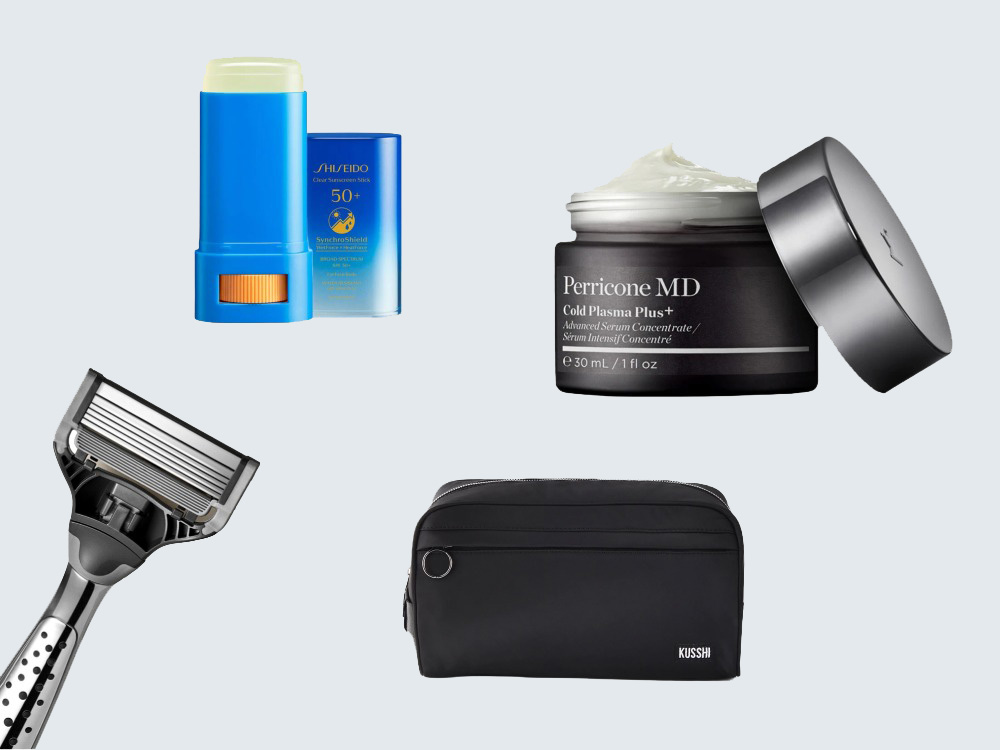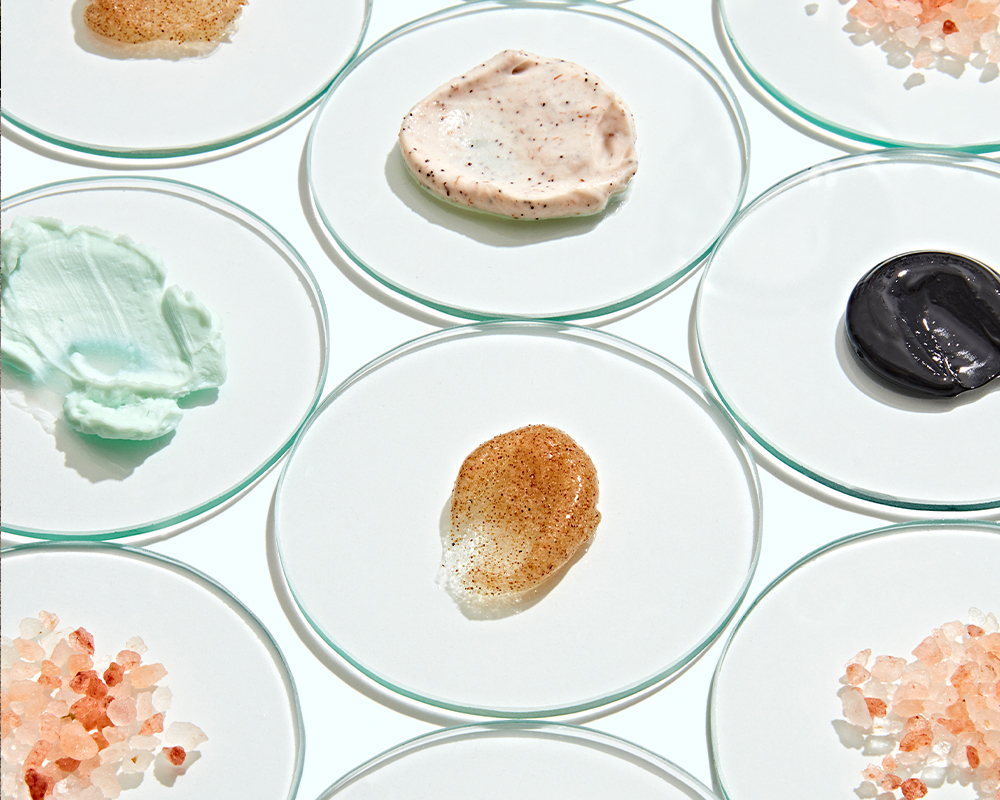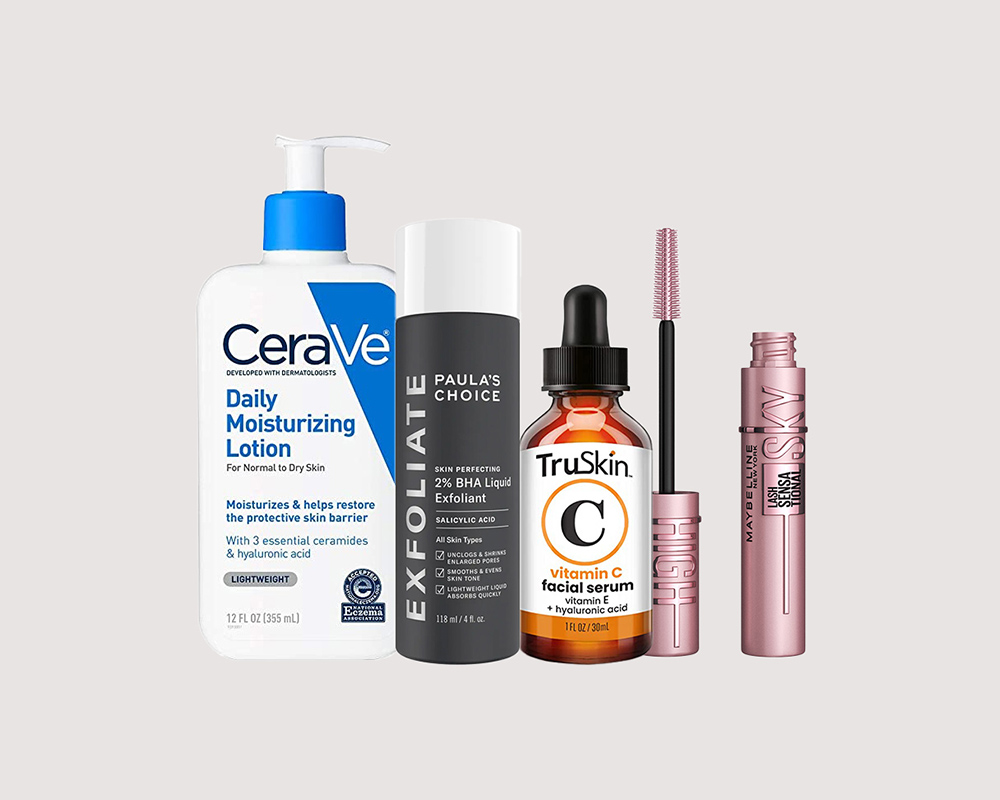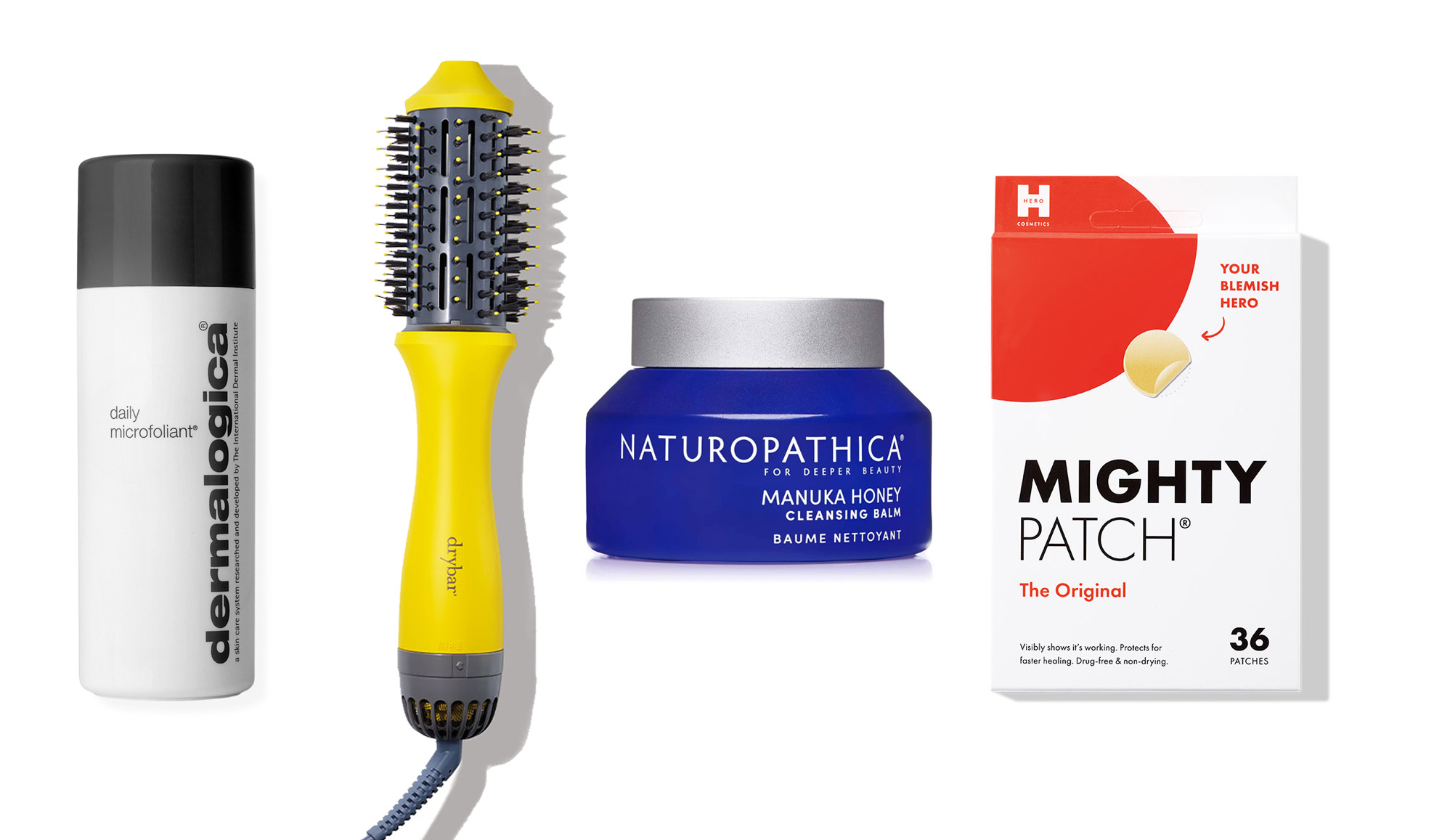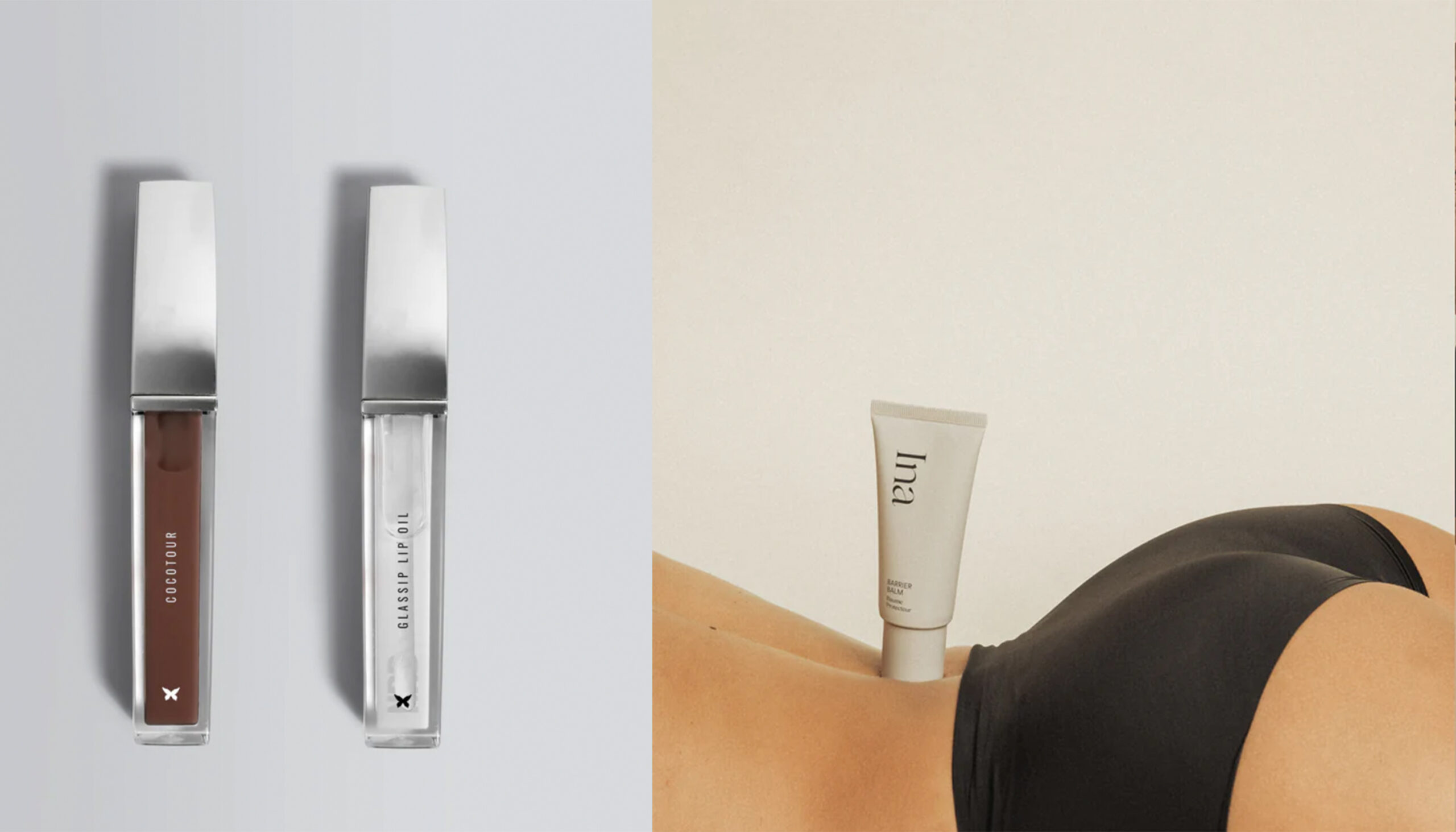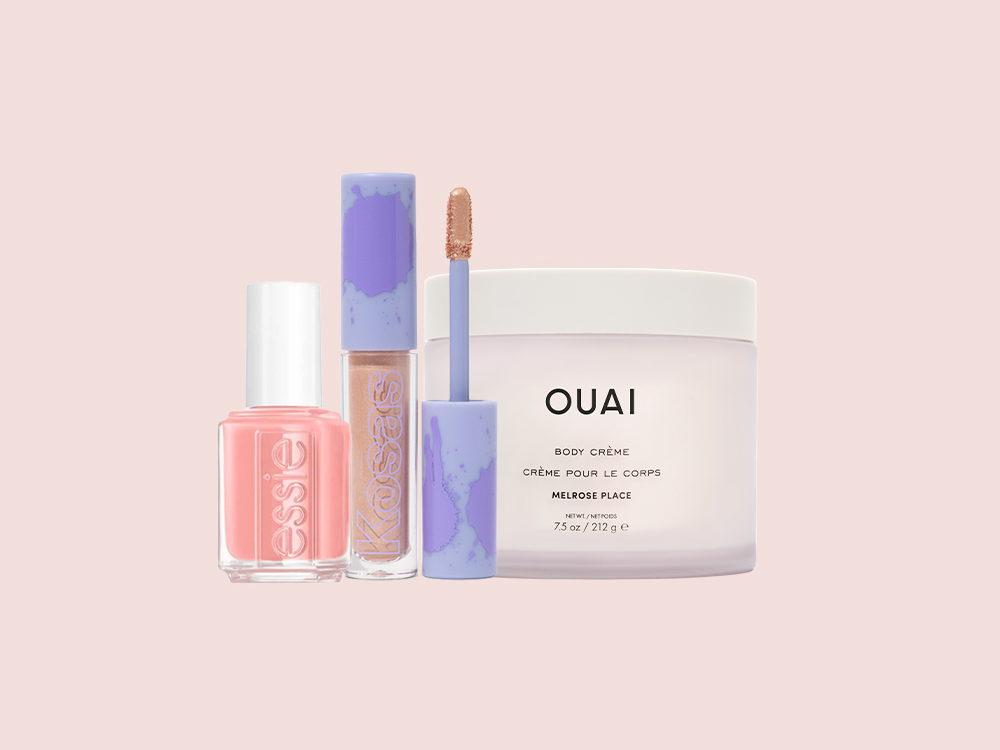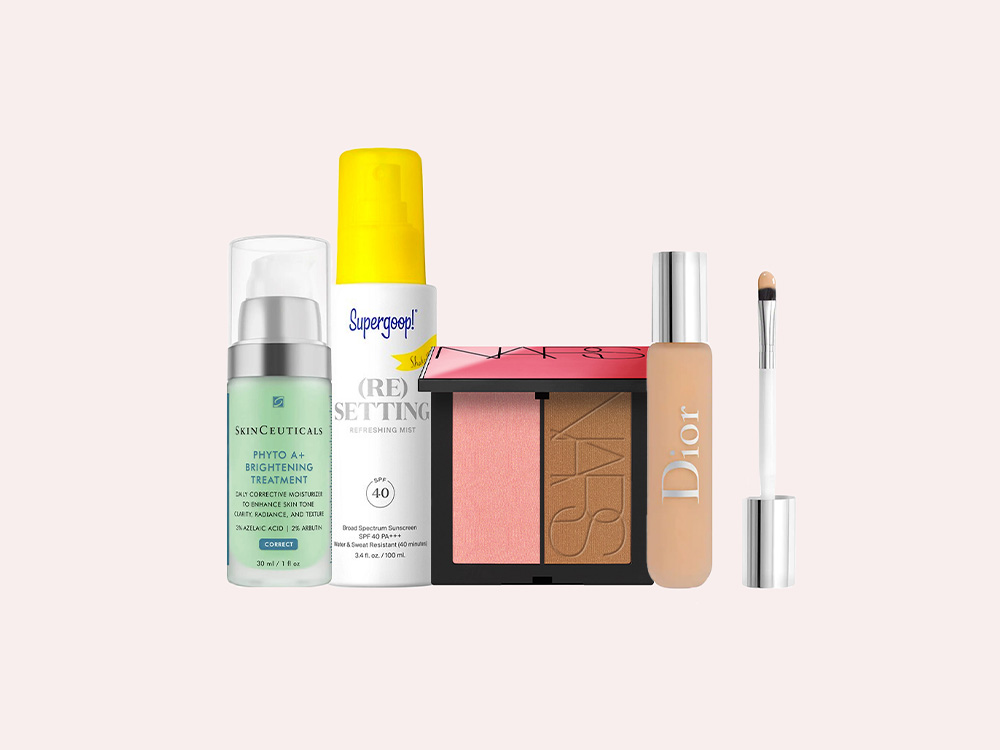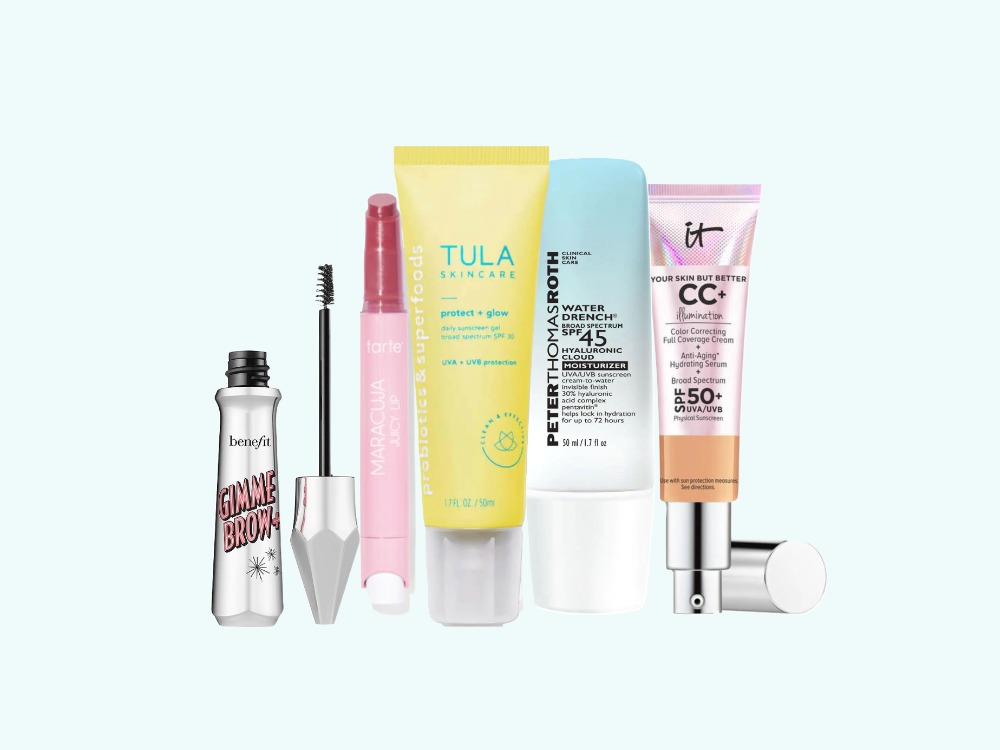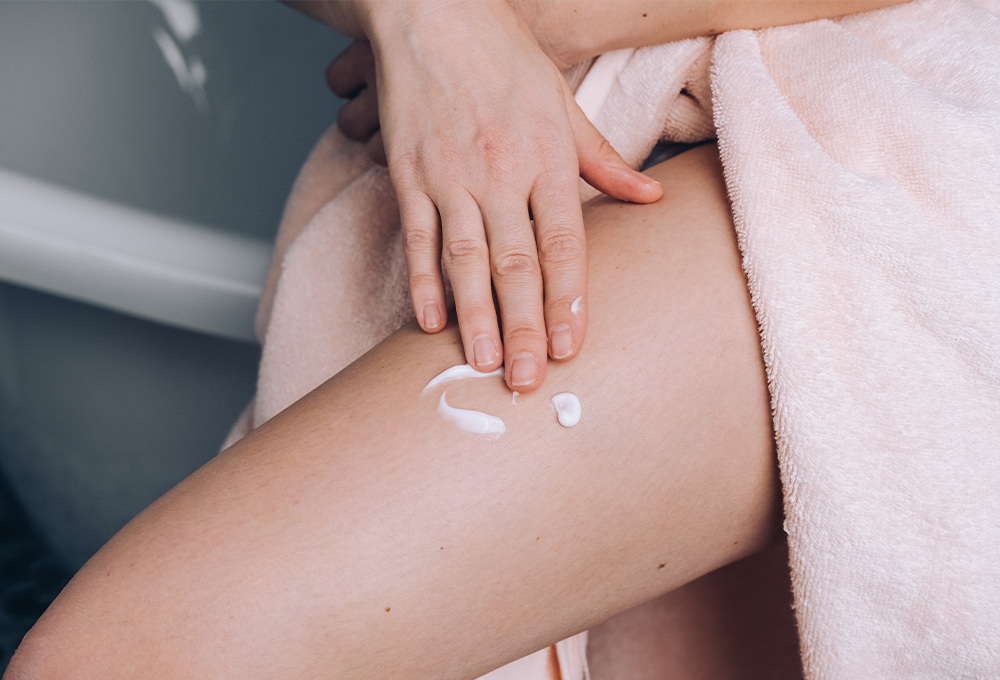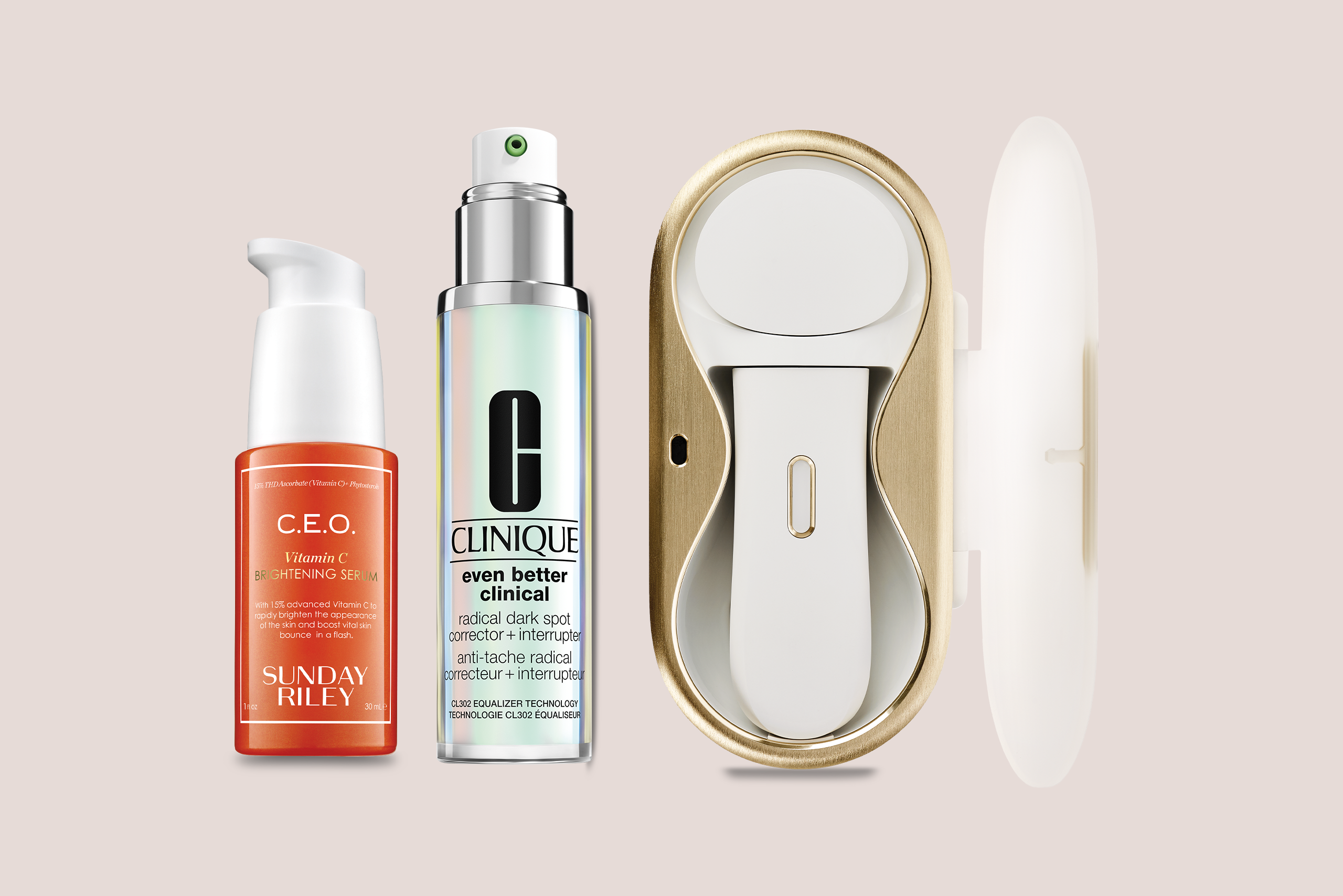Why is there a persistent belief that injectable wrinkle-reducers and dermal fillers aren’t safe for black and brown patients?
The answer is complex and, as you might expect, has at least a little bit to do with discrimination. For years, cosmetic treatments were not marketed towards white women almost exclusively, but also conducted testing primarily on white patients. As a results, caution developed around the potential for darker-skinned patients to develop scarring and hyperpigmentation. Eventually, caution became common myth, without any real evidence behind it.
Alongside discriminatory exclusion from the cosmetic industry, there are also abundant skin-care myths surrounding pigmented skin that may put these patients off injectables. We asked the experts to help us separate myth from fact, and they told us everything you need to know about injectable fillers in dark skin.
Montclair, NJ dermatologist Jeanine Downie, MD notes that it’s important to get the best care from a professional. “Skin of color does very well with filler generally speaking,” Dr. Downie says. “I advise everyone to seek a board-certified dermatologist or plastic surgeon with experience in injectables.”
Myth: Dark Skin Doesn’t Age
The idea that black skin doesn’t age is based in some reality, West Orange, NJ plastic surgeon Mokhtar Asaadi, MD explains. “Darker skin is less sensitive to UV light; therefore, they receive less damage from the sun, which ages skin in appearance.”
Pittsburg plastic surgeon Leo R. McCafferty, MD notes that this sun protection staves-off the appearance of fine lines. “The biggest different that I see is that the fine-line wrinkling and thin skin that we see in a Caucasian female in her fifties and sixties, that the darker pigment protects against that,” he says.
But that doesn’t mean it doesn’t age, just that darker skin takes longer to reveal those aesthetic signs of aging.
Fact: Darker Skin Ages Slower
In truth, the melanin in dark skin does push back the onset of aging in skin appearance. If a Caucasian person starts presenting with age spots, fine lines and wrinkles around their forties, a person with dark skin may not show similar signs until their fifties.
Skin texture isn’t the only significant sign of aging, though. Volume loss, a common sign of aging, is not prevented by darker skin, for example.
“Usually, those patients are better protected by the sun, so they’re protected from things like fine-line wrinkling,” Dr. McCafferty explains. “But they do still have deflation in the face which is a very common part of aging and that’s where fillers can make a big difference. “
Myth: Black Patients Don’t Need Filler
Partially due to marketing directed towards white women, there is the belief that black patients simply don’t need any volume added to their features.
“I think that it stems back from the days, those of us that have been around for a while, when collagen was used for fine lines on the upper lip,” Dr. McCafferty explains. “But fillers do so much more now.”
Fact: Filler is Beneficial for Any Ethnicity
The lips aren’t the only place filler can be applied. Truly, every person’s face is unique, and a professional will consider where you specifically might benefit from additional volume.
According to Salt Lake City, UT facial plastic surgeon, P. Daniel Ward, MD, the loss of facial volume comes for us all. “I think that facial volume is important for people of all ethnicities,” Dr. Ward says. “Getting the right proportions and the right structures and harmony with each other it’s important for everyone to look and feel their best. In addition, as we age, we lose facial volume and that happens for every single human being.”
Dr. McCafferty agrees that fillers can remedy the volume loss that happens to all of us as we age. “Fillers are treating what I think is one of the major issues with aging and that’s deflation of the face,” he says. “Regardless of what’s going on to the rest of the body, deflation can realty contribute to a drawn look. And no one’s spared unfortunately.”
Additionally, Dr. McCafferty finds adding volume below the eyes can be a significant game-changer when it comes to looking youthful.
When it comes to patients of color, Dr. Ward is often applying filler to the cheeks and jawline to restore lost volume. But these areas are common sights of deflation in all skin types. “Some of the areas that I have treated most commonly in people of color is the cheeks and jawline,” Dr. Ward explains. “This helps them obtain the facial shape and proportions that they desire. This is also a commonly treated area for people of all ethnicities, however.”
Myth: Filler Can Cause Hyperpigmentation in Dark Skin
Because fillers are injectables, there is minor skin injury during the process. Any injury to the skin has the potential to scar darker than the skin around it. Hyperpigmentation is harmless, but may be considered unsightly, especially if it occurs in larger patches.
Darker skin is more susceptible to hyperpigmentation because the skin is already creating melanin and have a higher baseline to start from than lighter skin.
“There is a chance of needle entrance points leaving a mark on patients with darker skin,” Dr. Asaadi confirms.
Dr. Downie explains that this usually happens when a needle is dull, or the method of administration is poor. “However, if you are using a dull needle and sticking multiple times in the same area you may be likely to cause bruising and perhaps a little bit of hyperpigmentation—but typically still not enough to cause keloids,” Dr. Downie says. “So, it is practice technique that is most important here.”
Fact: Hyperpigmentation From Filler is Unlikely and Preventable
Dr. Downie explains that needle entry points are usually small and precise enough not to cause problems. “There is usually not hyperpigmentation associated with injectable fillers in skin of color,” she says. “In busting the myths about hyperpigmentation and keloids, think of the average person with skin of color getting multiple blood draws in their anti-cubital fossa of their arm—that is the bend of their elbow multiple times. Typically, keloids never form, nor does hyperpigmentation from needlesticks.”
While it’s true that darker skin tones can develop dark spots more easily than lighter skin, injection points do not typically cause hyperpigmentation. Any potential mark from a needle would be very small, about freckle sized. These kinds of marks are treatable, and a doctor can even provide pre-treatment to prevent those dark spots from forming in the first place.
“Of course, the darker the complexion, the greater the risk for developing hyperpigmentation so we consult our aestheticians if we think the tendency is high,” Dr. McCafferty explains. “We may even pre-treat (to prevent hyperpigmentation). It’s something we always have in the back of our minds.”
According to Dr. Ward, there could even be some benefit to having a darker skin tone when it comes to receiving filler. “If anything, I think the risks are potentially a little bit less, although this is probably more of a theoretical than a practical benefit,” Dr. Ward says. “With more pigment in the skin, there is less likely to be visible filler, which can sometimes take on a bluish color with more translucent skin.”
Myth: Filler Could Lead to Keloiding
“Keloiding, or hypertrophic scarring is something that’s a little more common in African American patients in general,” Dr. McCafferty explains. Keloids are an overgrowth of scar tissue that forms at an injury site, and any skin type can develop one. The American Academy of Dermatology notes that dark skin has the greatest risk for developing keloids, though.
Keloids can develop from even mild skin injuries, so it makes perfect sense to want to know the risk factors.
Fact: Facial Skin is Unlikely to Keloid
“But it doesn’t really seem to be a big consideration,” Dr. McCafferty says. “For example, if someone comes in with pierced ears and hasn’t had a problem with that, it’s highly unlikely they would have a problem from the needle. On the other hand, if someone comes in with keloids from a bug bite then we would be pretty careful about that.”
When a patient is highly susceptible to keloids, a doctor will prioritize minimizing injury and good wound care to try to stop the scar before it starts. “By and large, these are typical considerations we use for all noninvasive and surgical options,” Dr. McCafferty notes.
In addition to the precaution and pretreatment, it’s also important to note that the face is not likely to form keloids, even on those susceptible to them. “The face is an area that is fairly well protected from keloid formation. There are a few exceptions, such as the neck and the ears,” Dr. Ward explains. “Having said that, the risk of keloid formation is very low with the simple use of a needle to place the filler. Keloids are more likely to happen with incisions. A needle injection is highly unlikely to cause any scar problems.”
Dr. Downie confirms that there is no reason to believe filler injection points will lead to keloids. “This is a myth that must be dealt with and thrown in the garbage,” she says. “It is completely false.”
So, Are Fillers Safe for Patients of Color?
“Yes, fillers are generally safe for dark skinned patients.” Dr. Asaadi confirms.
Dr. Ward and Dr. McCafferty agree that anyone, regardless of ethnicity, can receive injectable filler.
“Ultimately, fillers can benefit everyone,” Dr. McCafferty says.

